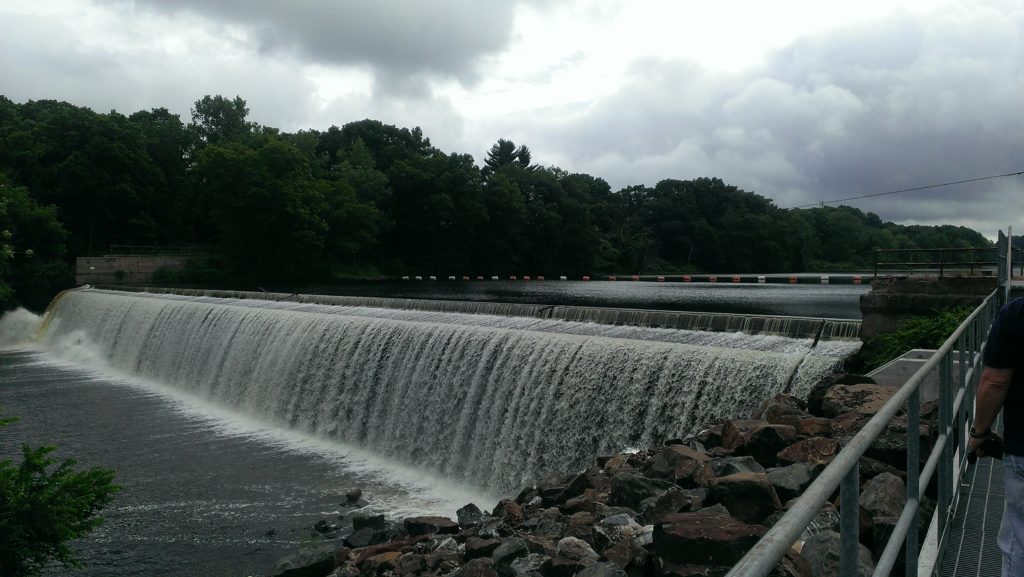
12/20/18
New York’s Clean Energy Standard (CES) has an aggressive goal requiring 50 percent of all electricity sold by Load Serving Entities (LSEs) to come from renewable sources by 2030. New York joins California, Oregon and New Jersey in the 50% goal, with only Vermont having a higher goal of 90% by 2050. New York’s CES is a regulatory framework created by the Public Service Commission (PSC) via a series of Orders starting in 2016, which provide the structure, rules and definitions for the program. [1]
The 50% target includes a baseline of 29% renewable supply that was serving the state in 2014, much of it from both in-state and out-of-state hydroelectric generation sources. The Renewable Energy Standard (RES), which is the core renewable program within the CES, imposes an obligation on LSEs to increase renewable supply, while at the same time assuming the 2014 baseline will continue to serve New York. Independent generators participate in the state goal by selling their Renewable Energy Certificates (RECs), which represents the legal rights to the environmental, social and other non-power attributes of renewable electricity generation associated with a single megawatt hour of electricity generated from an eligible renewable source.
The New York RES is a tiered program, with Tier 1 for renewable generation beginning operation after January 1, 2015; Tier 2 – for financially at-risk renewable generation that was existing prior to 2003 (the baseline used for the original 2004 RPS);and Tier 3 for the preservation of existing, at-risk nuclear zero-emissions attributes. The eligibility for Tier 2 was subsequently expanded to include pre-2015 resources, but the high bar for demonstrating financial risk remains in place. As of now, only a handful of facilities have attempted to make the showing necessary to receive maintenance support.
Thus, New York’s program supports 2015 and newer resources and existing resources in financial distress, without acknowledging any value for existing resources (pre-2015) that do not demonstrate financial distress. As a result, many independent hydro producers in New York who do not qualify for Tier 1 find little to no opportunity to sell RECs in New York and are not receiving value for their environmental attributes.
In late 2017, ACENY commissioned a report by Synapse Energy Economics that recommends policies to prevent non-Tier1 resources from exporting to other jurisdictions where they can obtain value for their RECs or shutting down operations altogether. A commonly agreed upon solution would be to create a meaningful Tier 2 with an obligation for LSEs and eligibility for resources installed prior to 2015, regardless of financial distress. To date, New York has not acted on this suggestion, instead pointing to voluntary markets for non-Tier 1 resources to seek value.
In a separate effort to remedy this situation, a bill is pending in Albany (A07275) that would force NYSERDA to create a Tier 2 at 75% the value of Tier 1. The bill, which was also presented and nearly passed in the 2018 session, recognized a “real and present danger” that existing resources counted towards New York’s goal could opt to export out of state. It is considered a top priority for the new session staring in January 2019. However, to avoid the awkwardness of a legislative fix to a regulatory problem, the PSC and NYSERDA may be tackling the Tier 2 question once again. Perhaps they will consider new ways to look at asset optimization or expanded repowering. Or, perhaps a Tier 2 similar to the proposed legislation will be adopted.
The non-compliance or voluntary options for independent renewable sources in New York come from the Value of Distributed Energy Resources (VDER) programs including Community Distributed Generation and Community Choice Aggregation. These programs provide interesting opportunities for resources under five megawatts to explore retail markets, yet adoption for these programs remain slow. Voluntary corporate purchases of New York renewable generation are also slow to be realized in New York, as explored by a 2017 report by the Center for Resource Solutions and the Pace Energy and Climate Center. Confusion abounds, and buyers are taking a hands-off approach until clarity on whether the continuing central procurement model means that REC retirements counted towards the state goal cannot also be claimed by voluntary buyers in New York.
Whatever the solution, it appears that since 2016, and even prior to that, New York has designed their policies encouraging renewable energy around the theory that new technology needs financial “support” to adopt more rapidly, and that existing resources only deserve “support” if they demonstrate financial risk. This approach is fundamentally different than using policy to create a market that recognizes the value of environmental attributes as a commodity with inherent value.
Also on the horizon is an entirely different tool that would recognize the value of renewable generation supplying New York, regardless of the first date of operation of the generating source. If the New York Independent System Operator (NYISO) adopts a pricing model for wholesale energy markets using a carbon price in dollars per ton of carbon dioxide emissions, then those sources on the wholesale market that don’t emit and can’t qualify for Tier 1 will see value recognition. In early December, NYISO released a carbon pricing proposal which could be implemented as early as the second quarter of 2021. It remains to be seen which path New York will ultimately take and whether the environmental attributes of existing renewable resources in New York will be recognized as inherently valuable.
If you have suggestions or ideas on how the existing resource dilemma in New York can be solved, or how voluntary markets could be improved, please contact me today. I would love to hear your thoughts!
[1]New York Public Service Commission. Order Establishing Clean Energy Standard. CASE 14-E-0302, first issued August 1, 2016. [?